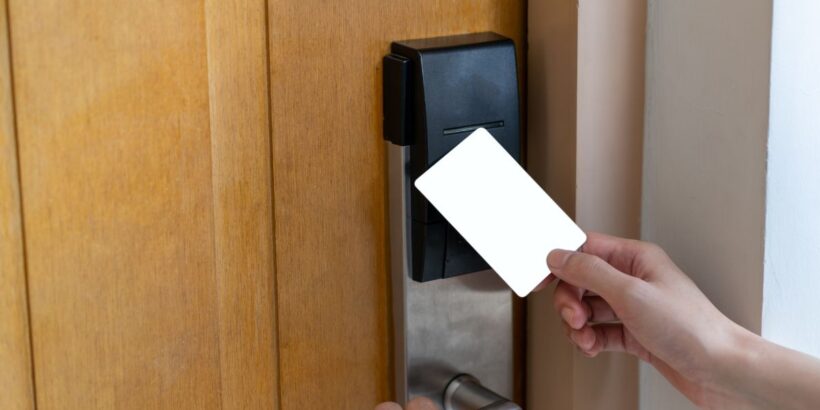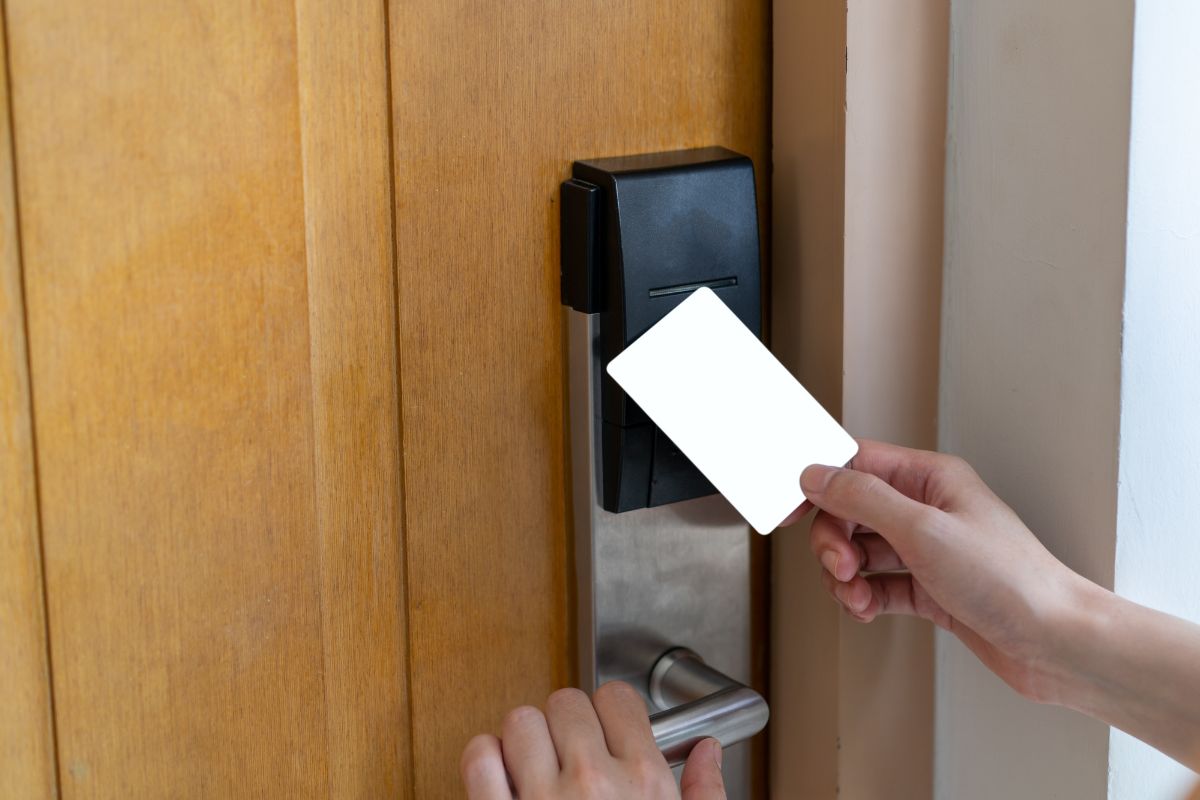Secure and reliable access control has become increasingly important as businesses move toward a more digitized world. It’s become the foundation of modern security systems, allowing businesses to monitor who enters their premises and prevent unauthorized intruders. A modern access control system can improve employee safety, protect valuable assets and data, and reduce operational costs. In this blog, we’ll explore the basics of understanding access control design for modern security. We’ll cover how it works, the types of access control systems available, and the advantages and potential drawbacks of investing in certain equipment.
Access Control Basics
Access control systems enforce security policies by ensuring that only authorized personnel or visitors can access certain areas of the building or use specific resources, such as computers or printers. Decision-makers can grant access using various authentication mechanisms, such as PIN codes, biometric authentication, smart cards, or proximity cards. Access control also enables businesses to control and monitor the movement of people and assets within their buildings, providing detailed audit trails for investigations or compliance purposes.
Types of Access Control Systems
There are two main types of access control systems: physical and logical. Physical access control restricts access to physical spaces, such as office buildings, manufacturing plants, or data centers. It uses turnstiles, security doors, and various physical barriers. Logical access control, on the other hand, restricts access to digital resources, such as databases, files, or applications. It’s possible through various digital best practices, such as putting up firewalls, using passwords, and implementing two-factor authentication. Implementing an employee access control card policy takes time and effort to get right, so you should take the necessary steps as soon as possible.
Proximity Card Readers
Some of the most popular types of access control systems are proximity card readers. They use proximity cards, also known as access cards, to grant access to authorized individuals. Holding the card close to the reader sends a signal to the access control system to allow or deny access. Users can customize proximity cards to include employee photographs, barcodes, or magnetic stripes, making them highly secure. However, there are potential drawbacks to using proximity cards, which businesses should be aware of.
Advantages and Potential Drawbacks of Proximity Card Readers
Proximity card readers offer several advantages over other access control mechanisms. They’re easy to use, reliable, and cost-effective, making them attractive for businesses of all sizes. They also provide detailed audit trails, allowing businesses to monitor who has accessed specific areas or digital resources. However, people can lose proximity card readers. Criminals can also steal or duplicate them, allowing unauthorized individuals to access the premises.
Implement a Comprehensive Access Control System
Access control is a critical design component of modern security systems, allowing businesses to design, control, and monitor access to specific areas and digital resources. However, businesses should also be aware of the potential risks associated with certain technologies and ensure appropriate safeguards are in place. By implementing a comprehensive access control solution, businesses can improve their security posture, reduce costs, and provide a safer working environment for their employees.

